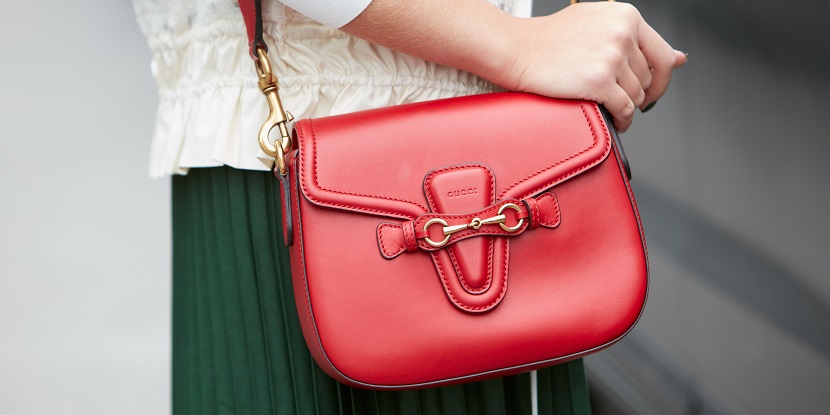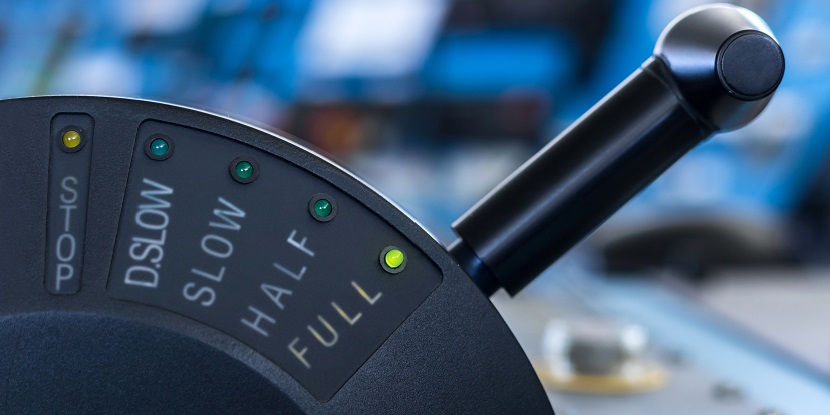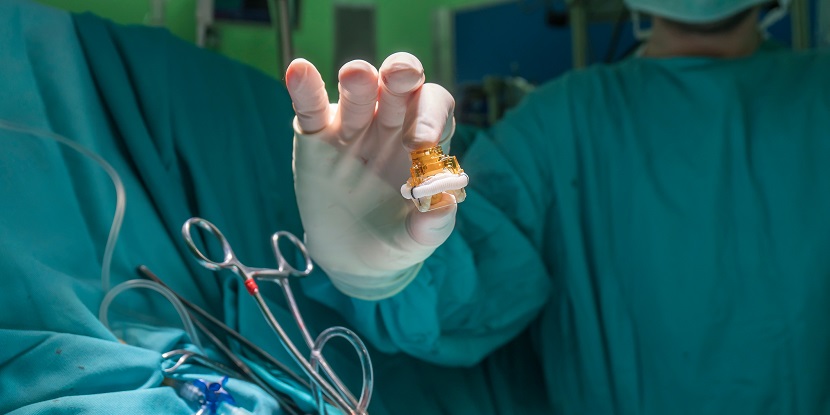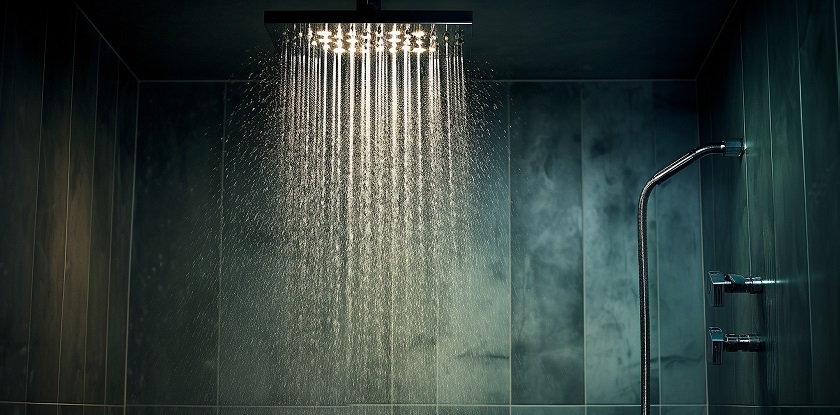The top 5 most influential UPC cases
A round-up of the UPC in its first year: 373 lawsuits and just a few initial rulings. Nevertheless, JUVE Patent has selected the five most influential cases to analyse the direction the UPC has taken in its start-up phase. The Court of Appeal, for example, imposed strict requirements for a PI in the event of doubt about a patent’s validity. In addition, some interesting industry-specific trends have already emerged. The first ruling in an infringement suit will soon be handed down and could increase the popularity of the new court.
JUVE Patent’s top 5 most influential cases at the UPC since June 2023:
1.PI battle in 10X Genomics against NanoString leads to landmark ruling
2.Agfa against Gucci showcases potential of UPC
3.Panasonic against Xiaomi and Oppo leads the way for SEP claims
4.Paris central division takes narrow definition of “party” in Meril’s nullity suit
5.Kaldewei against Bette: start of a series of infringement rulings
01 PI battle in 10X Genomics against NanoString leads to landmark ruling
Court of Appeal sets high standard for preliminary injunctions at the UPC
On 26 February, the Court of Appeal of the Unified Patent Court made legal history by issuing its long-awaited judgment in the appeal proceedings between 10X Genomics and NanoString. The court had heard the dispute over a preliminary injunction set by the Munich local division in December. It was the first ever hearing of the Court of Appeal under its President Klaus Grabinsky.
To the surprise of claimant 10X Genomics, the court overturned the PI. The judges found it likely that the patent-in-suit EP 4108782 would be declared invalid in the main proceedings. This means that there is no basis for the PI (case ID: UPC_CoA_335/2023). The court allowed NanoString to sell its CosMx Spatial Molecular Imager (SMI) instruments and CosMx reagents for RNA detection in Europe again.
With this ruling, the Court of Appeal has now given the UPC first-instance divisions strict guidelines for issuing a PI: they may only grant a PI if they have checked that a patent is highly likely to be valid. This question played a role just one week after the historic Court of Appeal ruling in the PI dispute between Ortovox and Mammut over avalanche rescue devices.
The main proceedings between 10X Genomics and NanoString concerning the infringement of EP 782 and EP 2794928 will now be decisive for the continuation of the dispute. The Munich local division has not yet scheduled oral hearings. However, the Munich local division can still decide to stay the proceedings until the US court has resolved NanoString’s Chapter 11 petition.
In all patent proceedings, Bardehle Pagenberg is representing 10X Genomics and Bird & Bird is acting for NanoString. 10X Genomics also took action against Viszgen and Curio Bioscience at the UPC. The Düsseldorf local division issued a PI against the latter at the beginning of May.
02 Agfa against Gucci showcases potential of UPC
Consumer goods manufacturers likely to choose pan-European court as patent battleground

The UPC has become an attractive forum for suits concerning consumer goods patents. Parties have filed 31 different actions over consumer goods so far. These span a wide spectrum of technologies, including textiles, coffee, e-bikes, and water carbonators. An initial trend is emerging: the prospect of obtaining an automatic injunction effective in 18 European countries is interesting to consumer goods manufacturers.
Agfa’s lawsuit against luxury label Gucci caused a particular stir due to the defendant’s high profile. At the end of August, printing company Agfa sued Gucci at the Hamburg UPC local division (case ID: ACT_561734/2023). The case concerns Agfa’s patent EP 3388490, which covers a manufacturing method for embellishing natural leather with a decorative image – a key future field for Agfa.
The latter accuses Gucci of using this method to decorate its leather products. Agfa is suing numerous Gucci companies, including German and Belgian subsidiaries, over the patent. Should the court find in Agfa’s favour, the claimant would benefit from a ruling that applies in numerous European countries.
The case between Agfa and Gucci demonstrates the popularity of the UPC in traditionally less litigious sectors – the consumer goods industry, for example, rarely sees patent cases at national courts, although the companies often go head-to-head over trademarks and copyright. In this case, Agfa is represented by Vossius Brinkhof UPC Litigators. Gucci is defending itself with a team from Hogan Lovells. The local division headed by presiding judge Sabine Klepsch has not yet set a date for the oral hearing.
03 Panasonic against Xiaomi and Oppo leads the way for SEP claims at the UPC
Many NPEs filed SEP cases with the UPC following Panasonic’s wave of lawsuits

It was not the first action filed with the UPC over mobile communications patents, but it was the first major campaign over SEPs in the early months of the new court. National proceedings are running simultaneously.
With advice from Düsseldorf-based litigation boutique Kather Augenstein and patent attorney firms Kutzenberger & Wolff and RCD Patent, Panasonic filed twelve lawsuits against the implementers Oppo and Xiaomi at the UPC local divisions in Mannheim and Munich. All patents-in-suit are relevant for the WCDMA and LTE standards.
In Munich, Oppo relies on Clifford Chance and Maikowski & Ninnemann and, in Mannheim, on Vossius Brinkhof UPC Litigators, while Xiaomi is running its cases in Munich with Hogan Lovells. In Mannheim, Xiaomi’s advisors are Freshfields Bruckhaus Deringer in cooperation with Maikowski & Ninnemann.
Panasonic’s decision in favour of the UPC played a part in reducing SEP holders’ initially hesitant stance towards the UPC. Mobile communications and semiconductor suits now make up the largest group of UPC actions. NPEs like Daedalus Prime, Headwater Research, Network System Technologies, and Ona Patents have also filed suits with the UPC.
Panasonic has launched actions against the two Chinese implementers not only at the UPC but also at the UK High Court and at the regional courts in Mannheim and Munich. Now, however, the dispute is moving faster than expected. In mid-November, the UK ordered an accelerated procedure to first decide on a global FRAND rate.
Panasonic had sued Xiaomi and Oppo in the UK on the basis of four patents, with Oppo and Xiaomi questioning the validity of the patents-in-suit. UK judge Richard Meade ordered an initial FRAND trial for both implementers in the fourth quarter of 2024 (case ID: HP-2023-000025).
Autumn 2024 will now be decisive for Xiaomi and Oppo. While the courts in mainland Europe have not yet scheduled any oral hearings, UPC judges could issue the first rulings in the fourth quarter of 2024. Xiaomi and Oppo may then face their first injunctions on the continent in this dispute.
Xiaomi in particular had pushed for the UK High Court to rule on the FRAND rate before the UPC and the German courts. The dispute could become a model for the interplay between the UK High Court and the UPC in global SEP disputes.
04 Paris central division takes narrow definition of “party” in Meril’s nullity suit
The major battle between Edwards and Meril set a new standard in attacks against patents-in-suit

A wholly owned subsidiary can file a separate nullity action at the UPC, even if an infringement and nullity case involving the parent company are already pending at another UPC division. In this case, the UPC’s Paris central division defines the concept of a “party” rather narrowly and thus provides scope for litigation tactics.
The Italian subsidiary of medical device company Meril Life Sciences filed a revocation action against Edwards Lifesciences’ EP 3646825 before the Paris central division. In last November, the court published an order regarding the basic jurisdiction of such actions. In a hearing on preliminary objections, Paolo Catallozzi, presiding judge and judge rapporteur, addressed the question of whether the central division has jurisdiction – in this instance, whether the central division is the correct forum to hear the case.
In principle, any party can file a nullity action at the central division. However, a dispute between Meril and Edwards regarding revocation is already pending before the Munich local division. While Meril Italy is not a party to this dispute, it is a wholly owned subsidiary of the defendant in the infringement dispute. Thus, the court has concluded that a nullity action filed by this subsidiary at the central division is not obviously an abuse of rights.
Paolo Catallozzi ruled that Meril Italy’s nullity action is admissible (case ID: UPC_CFI_255/2023). The main proceedings will therefore continue at the Paris central division, with the pending Munich local division proceedings also set to continue. Following the decision, the question arose as regard to how the UPC will prevent two chambers of the same court from ruling on the validity of a patent at first instance.
The ruling strengthened the position of defendants above all. If the claimant decides to simultaneously file UPC suits against several subsidiaries and sales companies, these companies may file counterclaims for revocation. Subsidiaries that are not involved can also initiate their own revocation actions with the central division. In large-scale cases such as the one between the two medical device manufacturers, EPO opposition proceedings or even national revocation actions are conceivable under certain circumstances.
Competitors Edwards and Meril have been facing off in the European patent courts for years in a battle over heart valve technology. At the UPC, Edwards has sued Meril twice for patent infringement – at the Munich local division and the Nordic-Baltic regional division. A request for a PI is also pending in Munich. In May, Meril filed a second revocation action against another Edwards patent at the Paris central division.
In the dispute, Edwards is relying on Powell Gilbert, Bird & Bird and Thum & Partner. Gullikson is also part of the action at the Nordic-Baltic regional division. Meril is counting on a team from Hogan Lovells and Sandard & Partner. The alliance of two French firms Gide Loyette Nouel and Regimbeau is the representative in the revocation actions.
05 Kaldewei against Bette: start of a series of infringement rulings
In less than five weeks, the Düsseldorf local division will render the UPC’s first ever infringement ruling

On 16 May, the Düsseldorf local division heard its first infringement suit (case ID: ACT_459767/2023). It had previously dealt with PI applications from Ortovox against Mammut and from 10X Genomics against Curio Biosciences. The two German Mittelstand companies Kaldewei and Bette went head-to-head in front of the bench made up of Ronny Thomas, Berenice Thom, Andras Kupecz, and technically qualified judge Bernard Ledeboer. Both companies manufacture high-quality bathtubs.
With the help of Arnold Ruess and Andrejewski Honke, Kaldewei is accusing competitor Bette of infringing EP 3375337, which protects a technology used to fix bathtubs in place. Bette is represented by Krieger Mes Graf von der Groeben and Loesenbeck Specht Dantz.
Kaldewei is demanding that Bette stop selling its products in the UPC area but not in Germany, although the home country of the two companies is the primary sales market.
At the oral hearing, Bette did not dispute the infringement and focussed on convincing the court presided over by Ronny Thomas that the patent was not valid. Ronny Thomas scheduled the ruling for 5 July. This makes the division in Düsseldorf the first UPC division to announce an infringement ruling. Should the court then choose to ignore Bette’s arguments against the Kaldewei patent, it would issue the first permanent injunction.
If other UPC divisions then grant such permanent injunctions for all or only some UPC states, this would increase the UPC’s appeal substantially. In the coming months, we can expect significantly more landmark decisions from the court than in the past twelve months.
-
Previous:none
-
Next:






